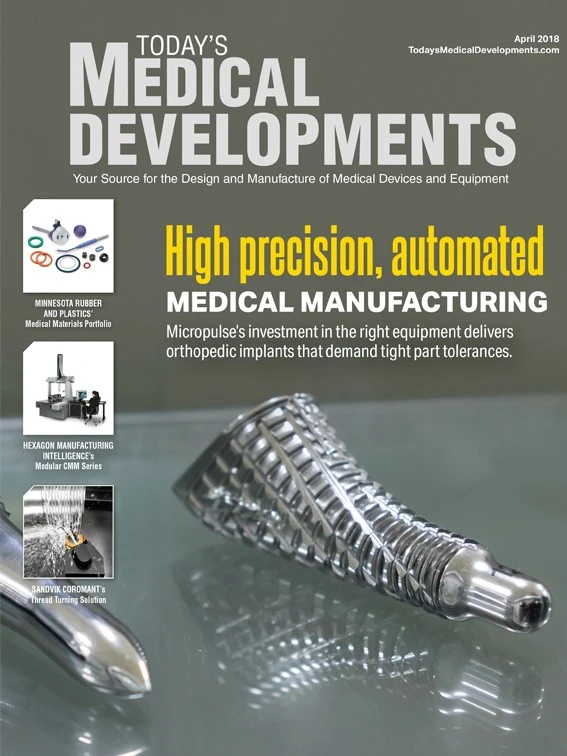
Additive manufacturing (AM) enables parts built in configurations and designs never before possible, but the technology has been limited because it can take hours or days to build some three-dimensional parts. However, by using laser-generated, hologram-like 3D images flashed into photosensitive resin, researchers at Lawrence Livermore National Laboratory (LLNL), along with collaborators at UC Berkeley, the University of Rochester, and the Massachusetts Institute of Technology (MIT), are building complex 3D parts in a fraction of the time.
“The fact that you can do fully 3D parts in one step really does overcome an important problem in additive manufacturing,” says LLNL Researcher Maxim Shusteff, lead author on a paper about the approach. “The real aim of this paper was to ask, ‘Can we make arbitrary 3D shapes all at once, instead of putting the parts together gradually layer by layer?’ It turns out we can.”
Overlapping three laser beams that define an object’s geometry from three directions creates a 3D image suspended in a vat of resin. The laser light, at a higher intensity where beams intersect, is kept on for about 10 seconds to cure the part. Excess resin drains out of the vat leaving a fully formed 3D part.
“It’s a demonstration of what the next generation of additive manufacturing may be,” says LLNL Engineer Chris Spadaccini, who heads Livermore Lab’s 3D printing effort.
Shusteff and his team printed beams, planes, struts at arbitrary angles, lattices, and complex and uniquely curved objects. Conventional AM has difficulty printing structures that might sag without support. Volumetric printing produces curved surfaces without layering artifacts.
“This might be the only way to do AM that doesn’t require layering,” Shusteff says. “If you can get away from layering, you have a chance to get rid of ridges and directional properties. I’m hoping what this will do is inspire researchers to find other ways to do this with other materials.”

Shusteff believes volumetric printing could be faster with a higher-power light source.
The technique has limitations. Because each beam propagates through space without changing, there are restrictions on part resolution and types of geometries that can be formed. Extremely complex structures would require many intersecting laser beams, limiting the process.
Spadaccini adds that additional polymer chemistry and engineering would be needed to improve and fine tune the resin properties for better structures.
“If you leave the light on too long it will start to cure everywhere, so there’s a timing game,” Spadaccini says. “A lot of the science and engineering is figuring out how long you can keep it on and at what intensity, and how that couples with the chemistry.”
Lawrence Livermore National Laboratory
www.llnl.gov
Get curated news on YOUR industry.
Enter your email to receive our newsletters.
Explore the April 2018 Issue
Check out more from this issue and find your next story to read.
Latest from Today's Medical Developments
- Pioneering battery-free cardiac implants
- KBC Tools & Machinery marks its 60th anniversary, Founder’s Day
- Address the challenges of machining high-temperature aerospace components
- Elevate your manufacturing operations with April’s Manufacturing Lunch + Learn
- AdvaMed statement on tariff announcement
- Collets – Not all are created equal
- ENGEL expands production capacities in the Americas; new plant opened in Mexico
- MFI brings fast, high-polishing additive parts finishing to Rapid + TCT 2025








